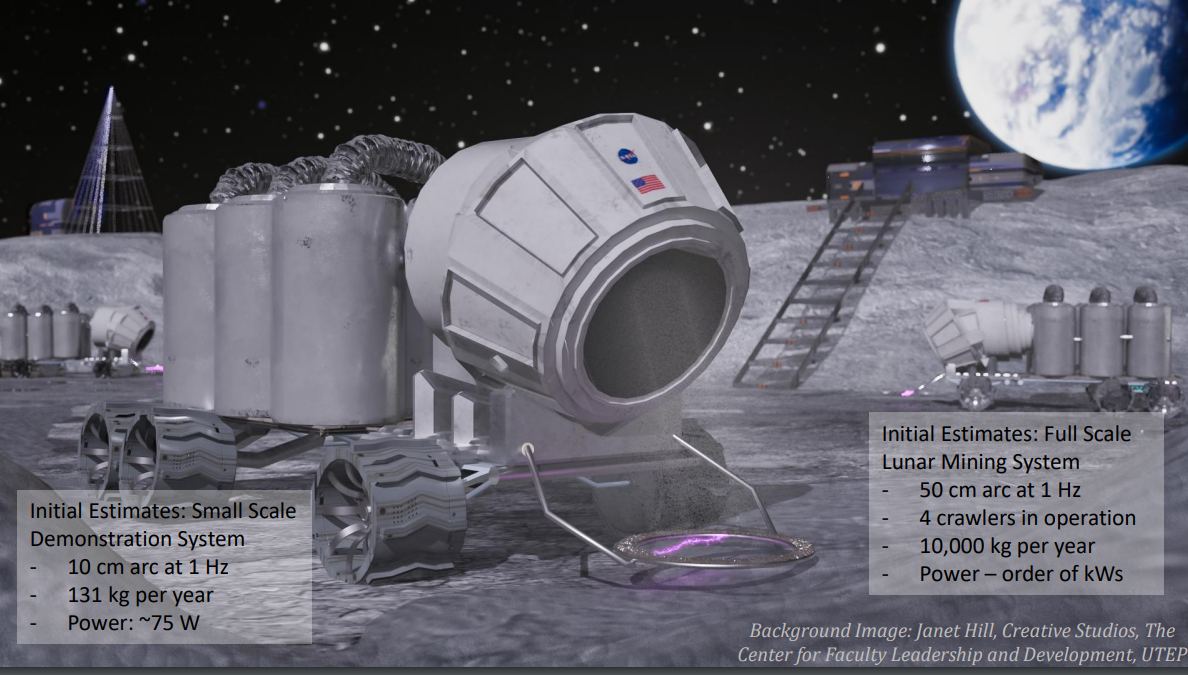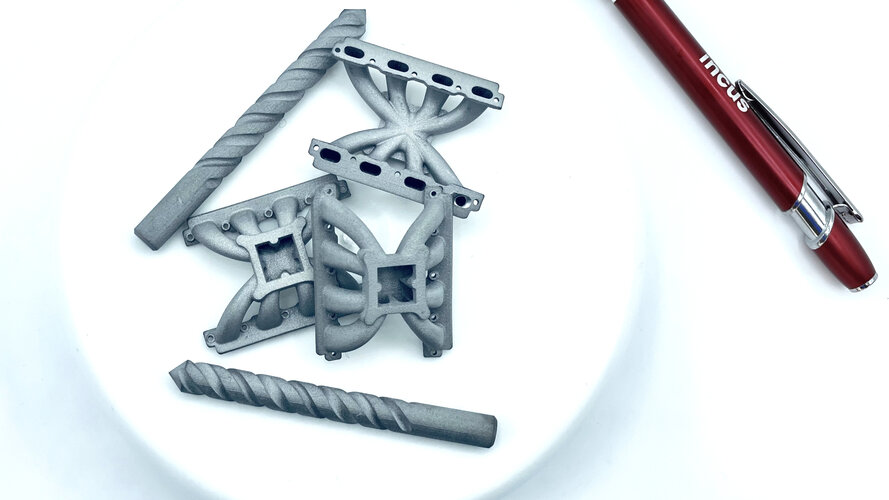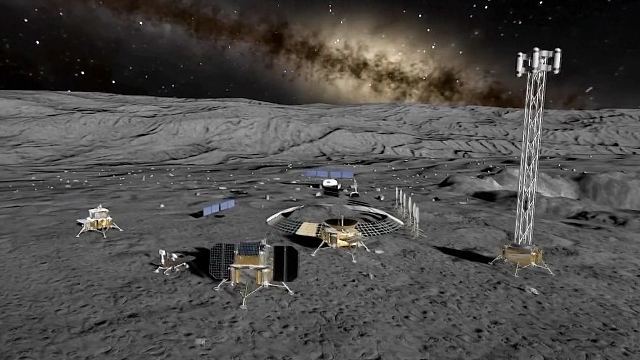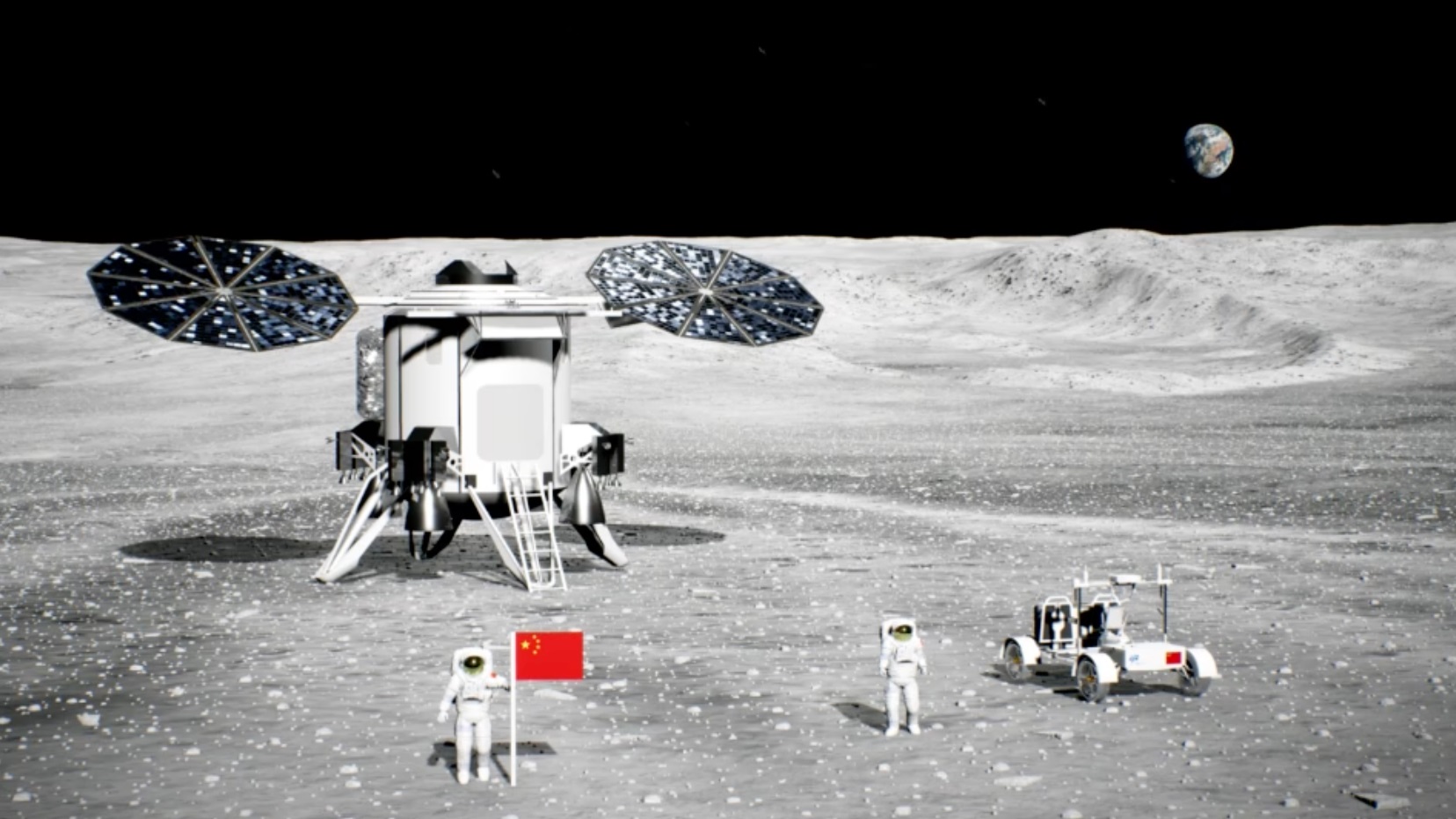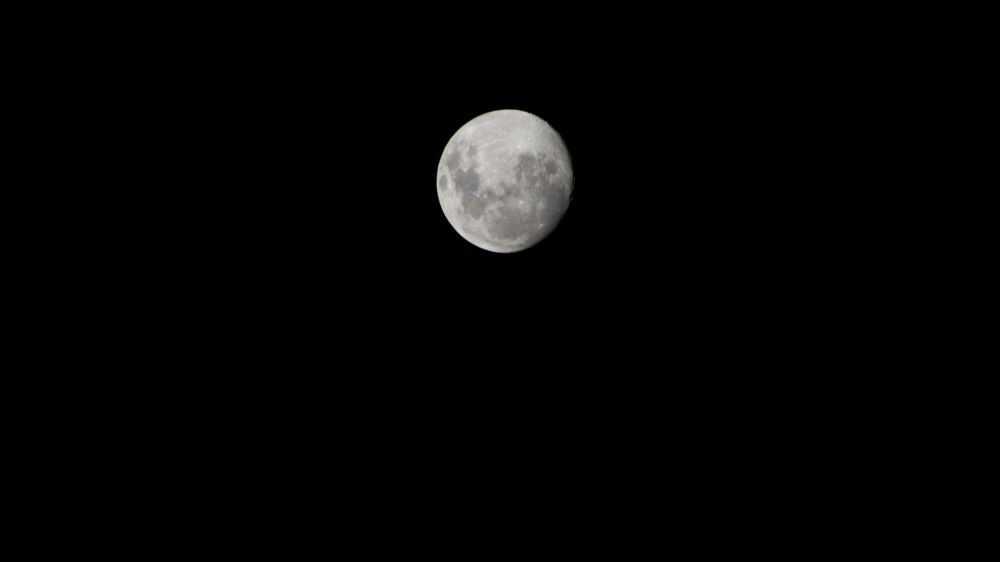Lately, plenty of ideas have been floating around for methods to mine the Moon. That is undoubtedly partly due to the growing enthusiasm for Artemis, NASA’s lunar exploration program, and its planned support for a long-term human presence on the Moon. But what would make the best technique to get valuable material off the lunar surface? How about zapping it with lightning? That is the idea behind a NASA Institute for Advanced Concepts grant given to Dr. Amelia Grieg of the University of Texas at El Paso. And it seems to work.
Continue reading “We Could Get Material On The Moon By Shocking It With Lightning”Spacecraft, Landers and Rovers Could be Recycled for Parts on the Moon
Additive manufacturing is slowly becoming more and more useful as the technology improves. One of the places it continues its development is in the realm of space exploration. It has long been mooted as an integral part of any in-situ resource utilization (ISRU) efforts and is especially important for ensuring early explorers on the Moon have the right tools and materials they need to survive. The European Space Agency is supporting that research effort, as their Technology Development Element fund supported work by an Austrian company called Incus to develop a 3D printing solution that could reprint metal parts on the Moon.
Continue reading “Spacecraft, Landers and Rovers Could be Recycled for Parts on the Moon”China’s Chang’e-7 Will Deploy a Hopper that Jumps into a Crater in Search of Water Ice
Researchers from the Chinese Academy of Sciences and the Chinese National Space Administration recently published a study in the journal Space: Science & Technology outlining how the upcoming Chang’e-7 mission, due to launch in 2026, will use a combination of orbital observations and in-situ analyses to help identify the location, amount, and dispersion of water-ice in the permanently-shadowed regions (PSRs) of the Moon, specifically at the lunar south pole.
Continue reading “China’s Chang’e-7 Will Deploy a Hopper that Jumps into a Crater in Search of Water Ice”We Could Get Large Amounts of Water From the Moon by Directing the Sun At It
One of the most commonly discussed challenges when starting our species’ space exploration journey is how to get the resources necessary for life off of the Earth. Typically this is thought of as two things – water and oxygen, but, luckily, oxygen can be supplied by splitting apart a water molecule, so the most critical resource we could find in space is water. Commonly called a “volatile” in the language of space resources, water has been the focal point of many plans for in-situ resource utilization on the Moon, Mars, and elsewhere. Some of those plans have been well thought out, others not. One particular showed some promise when it was selected as part of NASA’s Institute for Advanced Concepts (NIAC) funding back in 2019, and here we’ll take a closer look at it.
Continue reading “We Could Get Large Amounts of Water From the Moon by Directing the Sun At It”China Will Use Two Rockets to Put Humans on the Moon
As of 2019, China began conducting preliminary studies for a crewed lunar mission that would take place by the 2030s. Two years later, the China National Space Agency (CNSA) and Roscosmos announced a partnership to create an International Lunar Research Station (ILRS) around the South Pole-Aitken Basin. The proposed timeline for development came down to three phases: Reconnaissance (2021-25), Construction (2025-35), and Utilization (2035-onward). Earlier this year, China announced that its space agency would send the first crewed mission to the lunar surface by 2030.
On July 12th, during the 9th China (International) Commercial Aerospace Forum in Wuhan, China, Chinese officials offered additional information about its crewed lunar exploration program. This included Deputy chief engineer Zhang Hailian of the China Manned Space Engineering (CMSE) office announcing the preliminary plan for China’s first crewed lunar mission. As Zhang illustrated with a series of animations, the mission will consist of two carrier rockets launching all the necessary elements to the Moon, which will then rendezvous in orbit and land on the surface to conduct science operations.
Continue reading “China Will Use Two Rockets to Put Humans on the Moon”NASA Artemis DIMPLE Instrument Suite to Explore Moon’s Mysterious Volcanic Features
NASA recently selected a new science payload that will travel to the Moon through a series of robotic missions via the agency’s Artemis program. This instrument suite, known as the Dating an Irregular Mare Patch with a Lunar Explorer (DIMPLE), will have the task of studying the Ina Irregular Mare Patch, also known as Ina, which is a small depression that could provide insights into the Moon’s volcanic history. It was discovered using orbital images from the Apollo 15 crew, and despite several past studies, its origin remains unclear.
Continue reading “NASA Artemis DIMPLE Instrument Suite to Explore Moon’s Mysterious Volcanic Features”India Launches Chandrayaan-3 to the Moon, Hoping for a Successful Landing
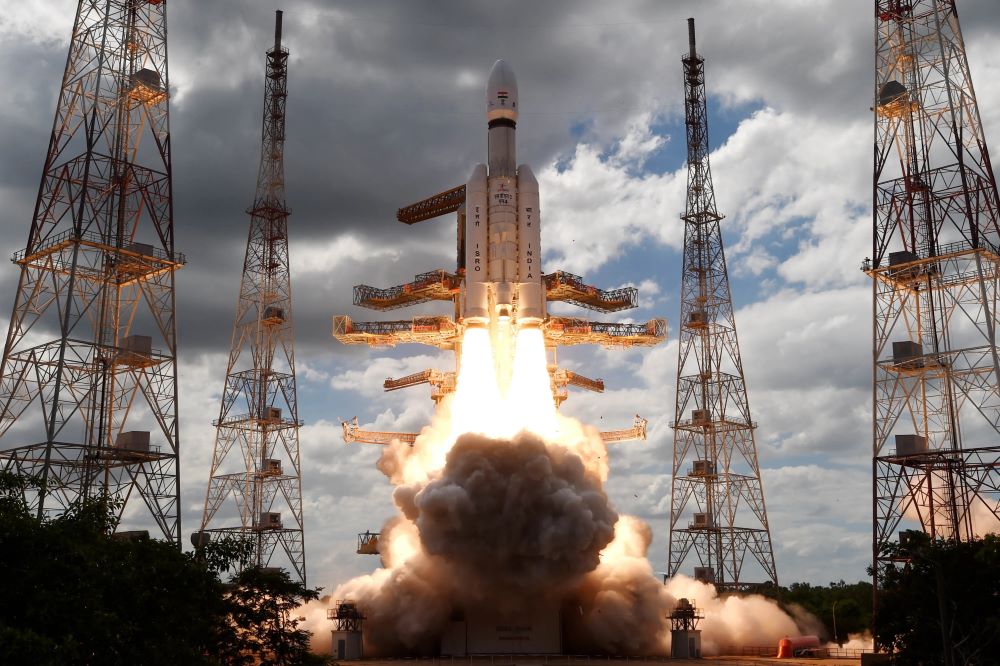
On July 14, 2023, at 2:35 pm Indian Standard Time (5:05 am EST), the Indian Space Resource Organisation (ISRO) successfully launched their Chandrayaan-3 spacecraft from the Satish Dhawan Space Center, which is the primary spaceport of the ISRO. The goal of the mission is to put India’s first lander (Vikram) and rover (Pragyan) on the lunar surface and is scheduled to touch down on the Moon on August 23, 2023. This mission comes after the ISRO’s Chandrayaan-2 Vikram lander crashed on the Moon on September 6, 2019, due to a last-minute guidance software glitch. While the ISRO indicated everything was going according to plan, they unexpectedly lost contact with the Vikram lander approximately 2.1 kilometers (1.3 miles) above the lunar surface.
Continue reading “India Launches Chandrayaan-3 to the Moon, Hoping for a Successful Landing”Volcanic Hotspot Found on the Moon

A recent study published in Nature examines a volcanic hotspot that potentially exists beneath a feature on the Moon’s farside (the side facing away from the Earth) called the Compton-Belkovich Thorium Anomaly. Researchers led by the Planetary Science Institute collected data from the hotspot region using microwave instruments onboard the China National Space Administration’s Chang’e-1 and Chang’e-2 orbiters and holds the potential to help scientists better understand the past volcanic processes on our nearest celestial neighbor, as surface evidence indicates lunar volcanic activity ceased between 3 to 4 billion years ago.
Continue reading “Volcanic Hotspot Found on the Moon”Astronauts Will Be Tracking Dust Into the Lunar Gateway. Is This a Problem?

Lunar regolith (aka. Moondust”) is a major hazard for missions heading to the Moon. It’s everywhere on the surface – 5 to 10 meters (~16.5 to 33 feet) in depth in some places – not to mention jagged and sticky! During the Apollo missions, astronauts learned how this dust adhered to everything, including their spacesuits. Worse, it would get tracked back into their Lunar Modules (LMs), where it stuck to surfaces and played havoc with electronics and mechanical equipment, and even led to long-term respiratory problems.
This is a major concern for the Artemis Program, which aims to establish a “sustained program of lunar exploration and development.” One of the key elements of this program is the Lunar Gateway, a lunar habitat that will orbit the Moon for a planned 15 years and facilitate long-term missions to the surface. The impact that regolith introduced by astronauts returning from the surface will have is not well understood. In a recent paper, a NASA-led team of researchers created a physics-based model to asses how regolith could impact the habitat over time.
Continue reading “Astronauts Will Be Tracking Dust Into the Lunar Gateway. Is This a Problem?”What Role Will NASA Play In Developing ISRU On The Moon?

Space agencies will play a vital role in the developing space economy, especially in the beginning. But what will the part of the biggest of all space agencies be when considering how space resources, especially those on the Moon, are accessed? NASA has a plan for that as it does for so many other things – and this article will dig into a slideshow that describes that plan in detail.
Continue reading “What Role Will NASA Play In Developing ISRU On The Moon?”
